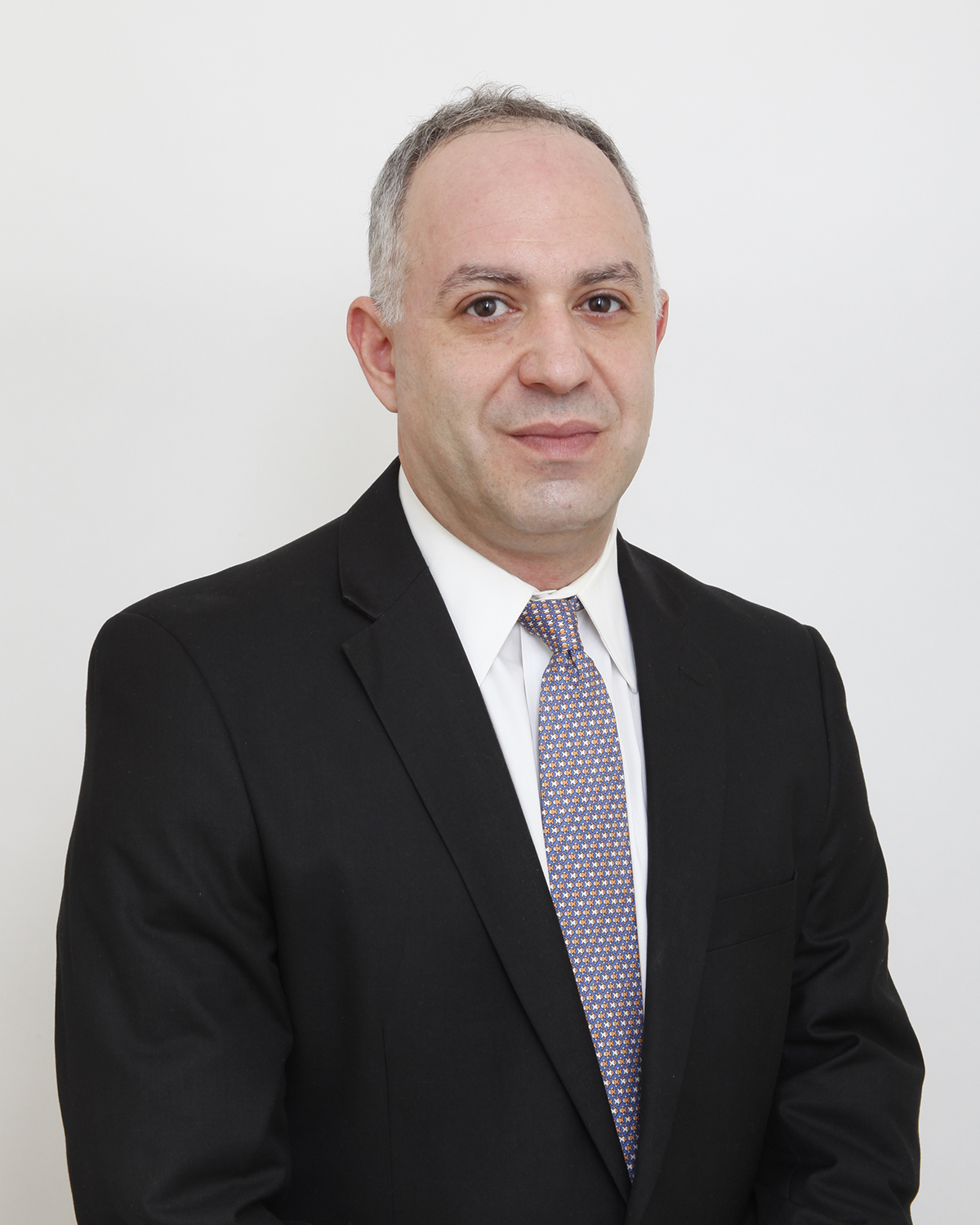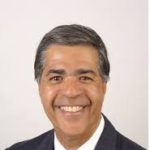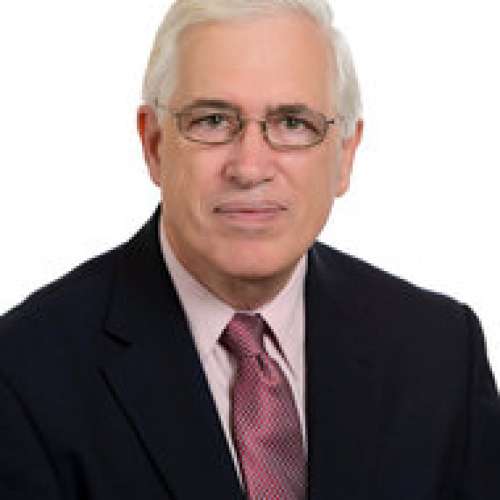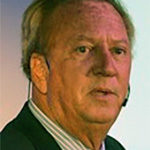Implementing an Effective Succession Planning Program
Fortune 500 companies and small family businesses alike share a business need - insuring that they have the talent necessary to effectively lead their organizations in the future. One of the most significant contributions a leader can make is insuring his/her business' continuity and sustainability - by having employees who are willing and capable of filling each key position with a plan for doing so when the need arises.
Succession Planning is a:
- The deliberate, systematic process of anticipating the need for talent and ensuring that the necessary employee competencies and experience are available when needed in the future
- A strategic approach for avoiding an undersupply of talent, enhancing the organization's current talent pool, and meeting its future needs
Not having a Succession Plan can be costly and sometimes disastrous; it's expensive to recruit, interview, select, onboard and train a new leader and significant opportunity costs are incurred when a key job is not being performed.
Succession Plan Defined
- A deliberate, systematic process of anticipating the need for talent and ensuring that the necessary employee competencies and experience are available when needed
- A strategic approach for avoiding an undersupply of talent, enhancing the organization’s current talent pool, and meeting the organization’s future needs
Objectives and Benefits of Succession Planning
- Sustain the business through a systematic effort to ensure leadership continuity in key positions
- Attract, retain & develop high potentials [HiPos]
Encourage HiPos development by:
- Identifying career paths
- Conducting performance appraisals
- Providing daily coaching
- Creating Individualized Development Plans [IDPs]
- Holding Talent Review meetings
Tools and Processes Commonly Utilized for Developing and Implementing
- Self-appraisals and career goals
- Performance appraisals, 360 feedback, and ratings
- Assessment instruments
- GE grid
- Individual development plans [IDPs]
- HiPo talent development interventions
- Talent review meetings
What an Organization, its Leaders, and the Program Participants Need to Do To Achieve an Effective Plan
What an organization needs to do:
- Supply funding/budget
- Establish a clear vision and guidance for the program
- Develop a formal, written program
- Announce the objectives of the program to all employees
- Ensure that all leaders and managers support the program
What the leaders need to do:
- Have job descriptions developed for their teams
- Conduct effective, formal performance appraisals
- Identify employee developmental areas
- Share their knowledge and experience
- Involve employees in more of the leader's responsibilities
- Facilitate the completion of IDPs for all Hi Pos
What the program participants need to do:
- Conduct self-appraisals
- Identify their desired career paths
- Learn as much as they can about potential future assignments
- Perform to their capabilities
- Complete their IDPs
- Develop the employees reporting to them - so they have successors
Potential Measures of the Program's Success
- Whether there is, at least, one successor for each key position
- Having developmental goals and IDPs established for each successor
- Determining how much of their manager’s job the successors can perform
- Determining whether successors can perform their manager’s jobs when they are
- unavailable and evaluating their performance during those time
The primary objectives for and deliverables from a Succession Planning program are to:
- Sustain the business through a deliberate and systematic effort to anticipate and ensure
- leadership continuity in key positions
- Retain and develop the organization's high potential [HiPos]
Encourage individual development by:
- Identifying career paths
- Conducting formal performance appraisals
- Providing daily coaching
- Creating Individualized Development Plans [IDPs]
During Succession Planning Programs:
- At the macro level the organization is proactively determining:
- The talent needed in the future
- The talent it has now
- Where there are talent gaps
- The initiatives necessary to close those gaps
- At the micro-level, the organization is addressing - for each of its key positions - questions such as:
- What the organization would do if it had to fill the position tomorrow
- Whether there is, at least, one successor who could immediately perform the duties of the position
- If there is no successor ready now, what will need to be done to enable the best internal candidate to be ready and when can he/she be ready can the organization afford to wait, or would it be better to recruit a successor, etc
Experience has found the following two processes to be very effective in enabling organizations to have the talent they need, when it’s needed:
#1 Performance Management and/or 360 Feedback Processes - through which the
the organization is able to:
- Evaluate its employee's current performance - based on documented, objective performance and achievements
- Assess its employee's advancement potential
- Determine its employee's current readiness for advancement
- Obtain from its employees self-appraisals identifying their developmental needs and preferred career plans
- Meet its bench strength needs by initiating Individual Development Plans and experiences - at least, for its A Players and/or High Potentials - such as:
Special or stretch projects
Assignments in other depts./job rotations
Try-out/popcorn stand slots
Mentors
Formal training and development initiatives
Fast track programs with exposure to other functions
Intense coaching, etc.
- Track their A Players and High Potentials performance and advancement potential
- Against a Performance-Potential Grid
Talent Review Meetings - during which the executive team in a disciplined fashion:
- Asks each leader to report on the status of the Individual Development Plans for each of their A Players and High Potentials
- Ensure that each A Player and High Potential is receiving regular coaching and is actively involved in opportunities that will help retain them while accelerating their development
- Drives the organization past business as usual by insuring that its future needs for human capital are identified and will be satisfied when the time arrives - as it will
Succession Planning initiatives also increase the levels of engagement and performance of your A-Players and High Potentials – the talent your organization will most need in the future.
- HR Professionals New to the Field - seeking a comprehensive view of the subject with multiple application initiatives
- Experienced HR Professionals - seeking a refresher
- Leaders and Managers - interested in understanding both how a Succession Plan benefits an organization and how to implement one
Pete Tosh is Founder of The Focus Group, a management consulting and training firm that assists organizations in sustaining profitable growth through four core disciplines:
- Maximizing Leadership Effectiveness
- Implementing Strategic HR Initiatives
- Strategic Planning
- Enhancing Customer Loyalty
The Focus Group has provided these consulting & training services to manufacturing & service organizations across the U.S., Canada, Europe & the Middle East.
Pete has worked closely with the senior leadership teams of organizations such as Brink’s, EMC, State Farm Insurance, Marriott, N.C.I., Freddie Mac, and YKK Pete is also co-author of Leading Your Organization to the Next Level: The Core Disciplines of Sustained Profitable Growth. Pete holds a B.A. degree in Psychology from Emory and Henry College
& Masters degrees in both Business Administration & Industrial Psychology from Virginia Commonwealth University.
Upcoming Webinars










































































